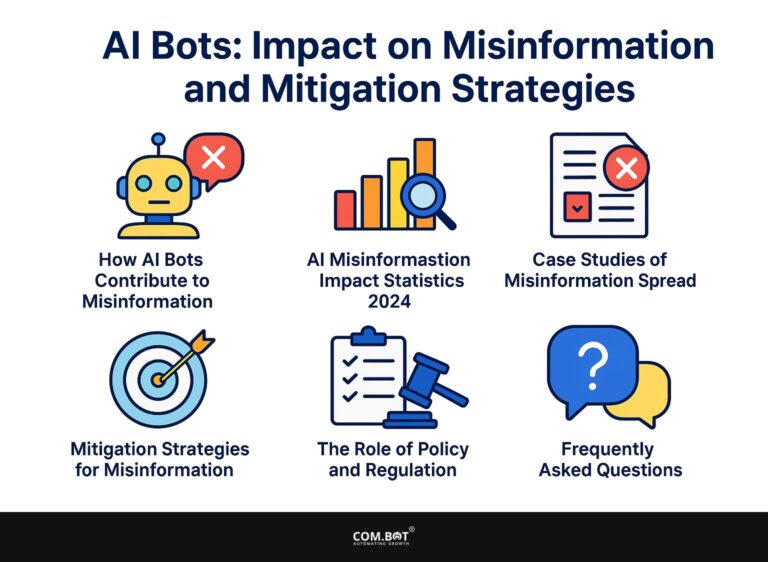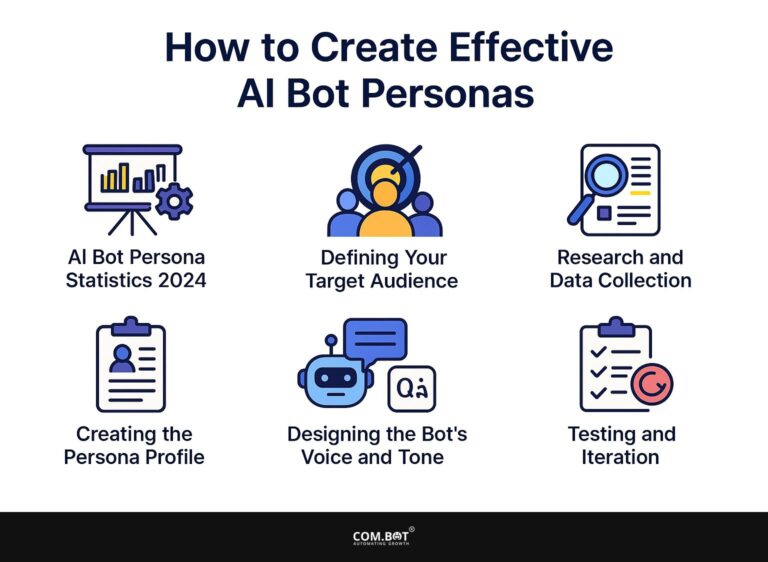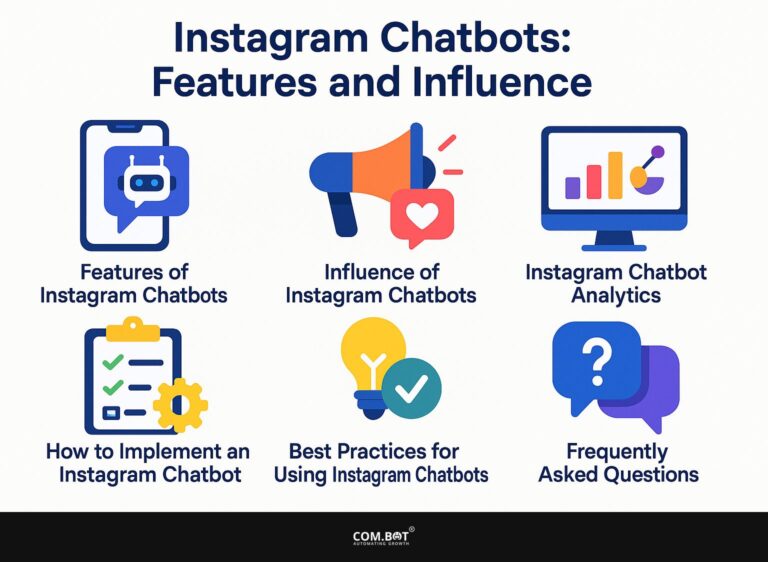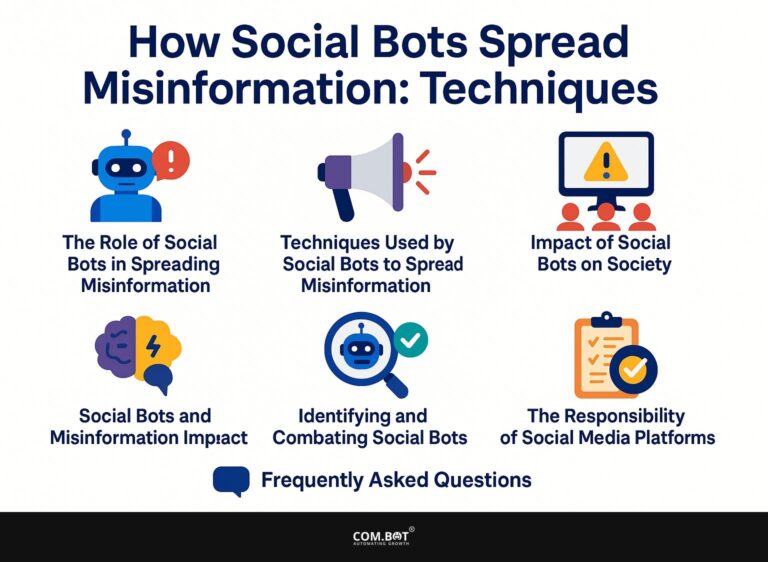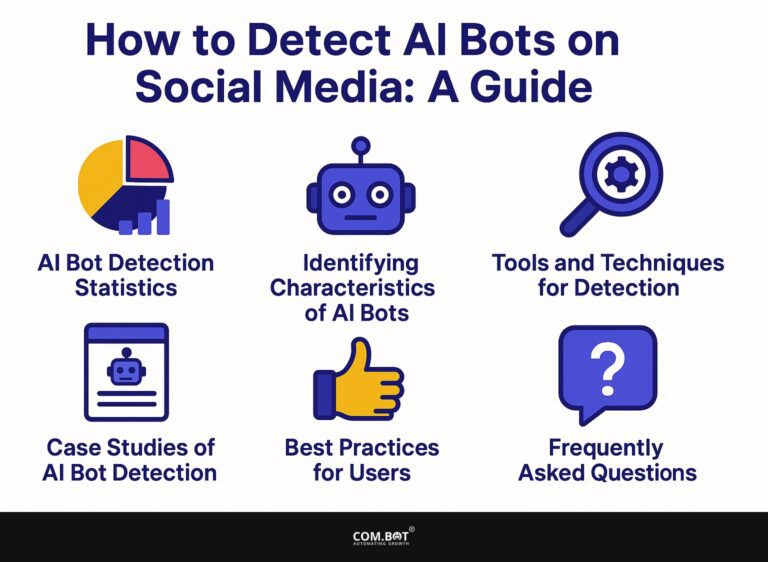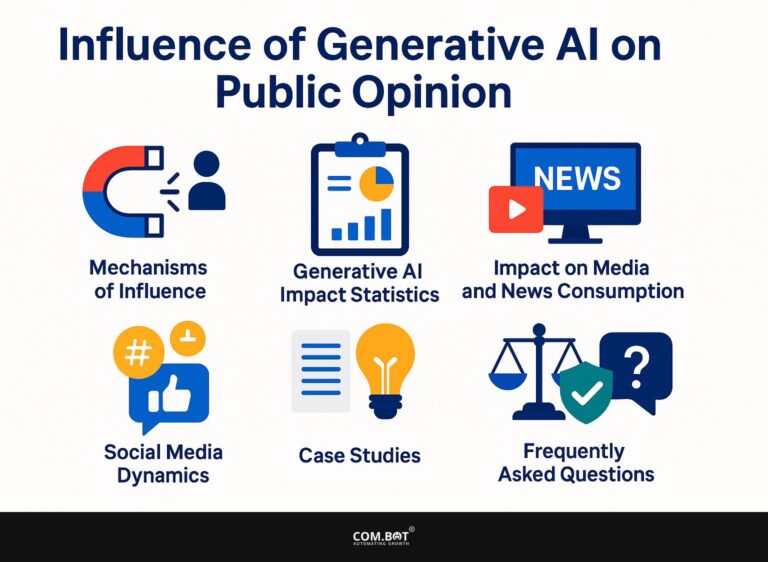Detecting AI-Powered Personas: Solutions
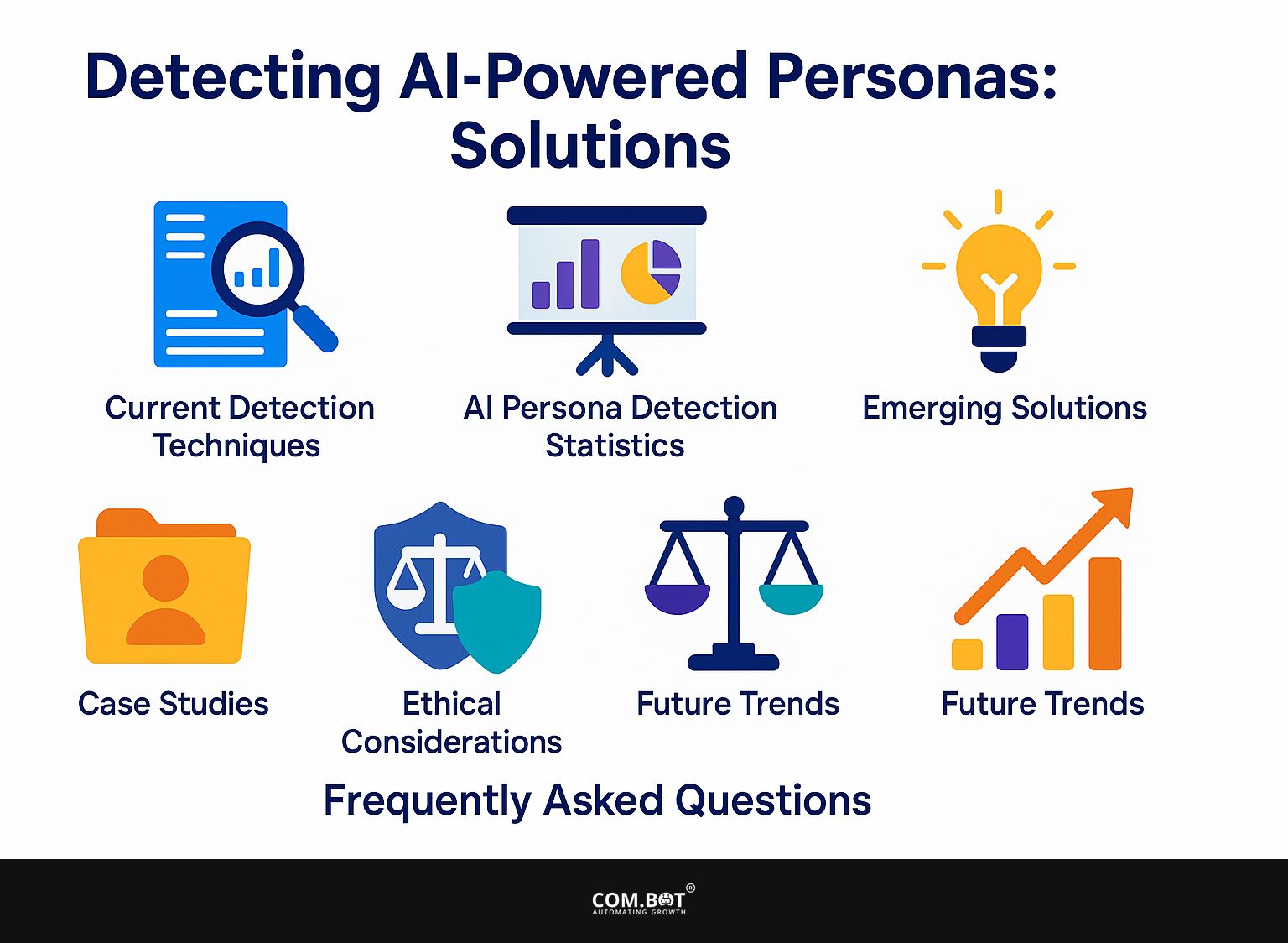
Spotting AI-based characters is important for companies wanting to improve their customer profiles and build better personas. With platforms like HubSpot setting the standard, knowing what your audience thinks is more important than ever.
This article looks at new ways to recognize AI-created characters, providing you with useful methods for successful interaction and marketing. Check out the tools that help you learn more about your target audience!
Key Takeaways:
- AI-driven personas can jeopardize online security, so it’s essential to spot them correctly.
- Current detection techniques, such as machine learning and natural language processing, have limitations and require constant updates to stay effective.
- Emerging solutions, like behavioral analytics and visual recognition technologies, show promise in detecting AI-powered personas, but ethical considerations such as privacy concerns and bias must be addressed.
- 1 Current Detection Techniques
- 2 AI Persona Detection Statistics
- 2.1 Key Findings on AI-Generated Personas: Persona Generation
- 2.2 Key Findings on AI-Generated Personas: Persona Divergence
- 2.3 Key Findings on AI-Generated Personas: Model Representation Bias
- 2.4 Key Findings on AI-Generated Personas: Uses of AI-Generated Personas
- 2.5 1. Machine Learning Approaches
- 2.6 2. Natural Language Processing
- 3 Emerging Solutions
- 4 Case Studies
- 5 Ethical Considerations
- 6 Future Trends
- 7 Frequently Asked Questions
- 7.1 1. What are AI-powered personas and why are they important to detect?
- 7.2 2. What solutions are available for detecting AI-powered personas?
- 7.3 3. Can AI-powered personas be used for malicious purposes?
- 7.4 4. How accurate are the methods for recognizing personas created by AI?
- 7.5 5. Are there any ethical considerations when detecting AI-powered personas?
- 7.6 6. Can businesses benefit from detecting AI-powered personas?
1. Definition and Importance
Buyer personas are fictional profiles of perfect customers created using data and knowledge about their likes and habits. Creating detailed buyer profiles can significantly improve marketing outcomes. Start by gathering data through surveys, interviews, and web analytics.
For instance, try SurveyMonkey for surveys or Google Analytics to understand behavior. Next, segment your audience based on key attributes such as demographics, interests, and pain points.
Once you know who your audience is, change your content and campaigns to relate to them, ensuring your messages fit their specific needs. HubSpot’s research shows that businesses using detailed personas see a 70% rise in engagement, showing the value of this strategic method.
2. Challenges in Detection
Finding and clearly identifying buyer types can be challenging due to unreliable data and changing customer actions.
To solve this problem, businesses should use tools like Google Analytics for gathering data and HubSpot for creating customer profiles. Do regular surveys and interviews to collect detailed feedback on how your audience’s preferences change.
For example, a clothing retailer might notice a decline in sales after failing to update its personas. By studying changes in population trends and customer comments, they can improve their marketing plans to increase relevance and involvement.
Regularly updating and adjusting these personas helps align them with buyer behaviors, aiding continuous growth.
Current Detection Techniques
Modern methods for identifying personas use technologies such as machine learning and natural language processing to improve data analysis. This evolution in AI-powered solutions signifies a paradigm shift in how personas are accurately detected and utilized across various sectors, as detailed in our guide on detecting AI-powered personas.
AI Persona Detection Statistics
AI Persona Detection Statistics
Key Findings on AI-Generated Personas: Persona Generation
Key Findings on AI-Generated Personas: Persona Divergence
Key Findings on AI-Generated Personas: Model Representation Bias
Key Findings on AI-Generated Personas: Uses of AI-Generated Personas
The AI Persona Detection Statistics Look into AI-created profiles, explaining their construction, their alignment with real data, possible biases in models, and their applications. These statistics show both the possibilities and difficulties in using AI to create personas.
Key Findings on AI-Generated Personas highlight that a substantial number of 1 million personas have been generated, based on an analysis of 52 studies. Large Language Models (LLMs) are very important and contribute significantly 100% to persona generation, indicating their centrality in this field.
Persona Divergence metrics show that 75% of AI-generated personas align with real-world data, signaling a high level of accuracy. However, a 25% LLM-induced divergence exists, underscoring discrepancies between AI-generated data and actual data. This difference points out where we can make changes to make AI-created characters more lifelike.
Model Representation Bias is a critical consideration, with 90% of personas expressing positive sentiment. This could reflect an inherent bias towards favorable outcomes, potentially skewing perceptions. Furthermore, a 60% Bias in representation is a major problem for creating fair and balanced characters. This requires strategies to fix and manage these biases.
Uses of AI-Generated Personas demonstrate a widespread 82.7% adoption rate in persona development, highlighting the growing trust and reliance on AI for creating user profiles. Despite this high adoption, the 23.2% The varied ways large language models (LLMs) are used show that different models can be applied in many ways, indicating possible chances to broaden their applications and improve methods.
Overall, the AI Persona Detection Statistics Highlight the potential of AI in creating personas, while noting the challenges of alignment, bias, and different applications. Dealing with these problems is important for getting the best results and using AI responsibly in this area.
1. Machine Learning Approaches
Machine learning models study big collections of customer information to guess what customers might do next. This makes customer profiles more accurate and enhances customer categorization.
To implement effective machine learning techniques, consider using clustering and regression analysis. Clustering can organize customers by their buying habits, which helps to create more effective marketing plans.
For instance, IBM Watson offers advanced clustering algorithms that can identify distinct customer segments within days. In a case study, a retail brand using Watson improved targeted marketing efforts, leading to a 25% increase in conversions.
By using these tools, businesses can improve their methods and connect better with their audience.
2. Natural Language Processing
Natural Language Processing (NLP) helps companies understand customer messages and opinions by analyzing feelings and attitudes. Utilizing tools like Crimson Hexagon, brands can track social media conversations to understand customer sentiment.
For instance, a retail company noticed a drop in positive mentions after launching a new product line. By analyzing this sentiment data, they identified specific features customers disliked.
They changed their messaging to better show the benefits and altered the product design to deal with customer concerns. This quick response improved customer satisfaction and raised sales by 25% after the changes.
Emerging Solutions
New tools for creating user profiles use behavior data and modern tech to develop detailed audience profiles.
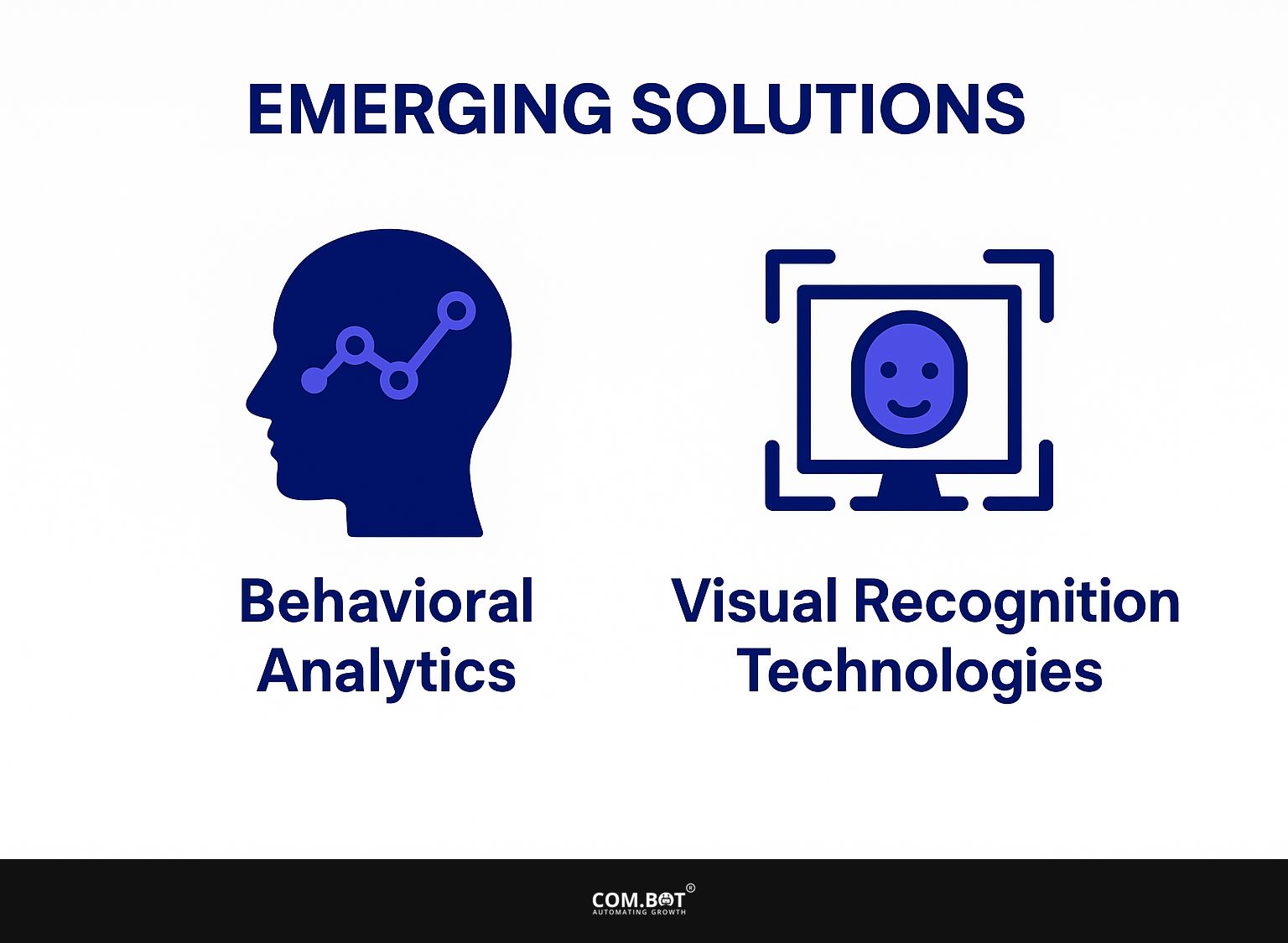
1. Behavioral Analytics
Behavioral analytics track user actions and interactions to identify patterns that shape effective marketing strategies. Tools like SparkToro show useful information about audience actions by displaying involvement statistics.
For example, a company looked at data about what content users liked and found that their audience preferred videos instead of blogs. By changing their approach, they made video content, which led to a 40% rise in campaign ROI.
Using tools like Google Analytics to track how users interact can help find where users leave landing pages. This lets marketers improve their pages and make the user experience better. Using these analytical strategies makes marketing more focused and effective.
2. Visual Recognition Technologies
Visual recognition technologies are becoming effective tools for learning about consumer tastes by analyzing visual information. Brands like Coca-Cola have successfully implemented visual recognition in their marketing strategies.
By looking at social media photos, they made their campaigns better to engage more with their audience. For example, they found a strong liking for bright colors and enjoyed shared experiences with their product placements.
Tools like Google Vision API help companies automatically analyze and understand audience details and patterns. This made Coca-Cola feel more relatable, increasing customer interaction by 25%. This approach exemplifies how visual recognition can drive effective marketing strategies.
Case Studies
Looking at examples of successful AI-driven persona projects gives useful information on good approaches. This aligns with the principles outlined in our guide on how to create effective AI bot personas, which can serve as a valuable resource.
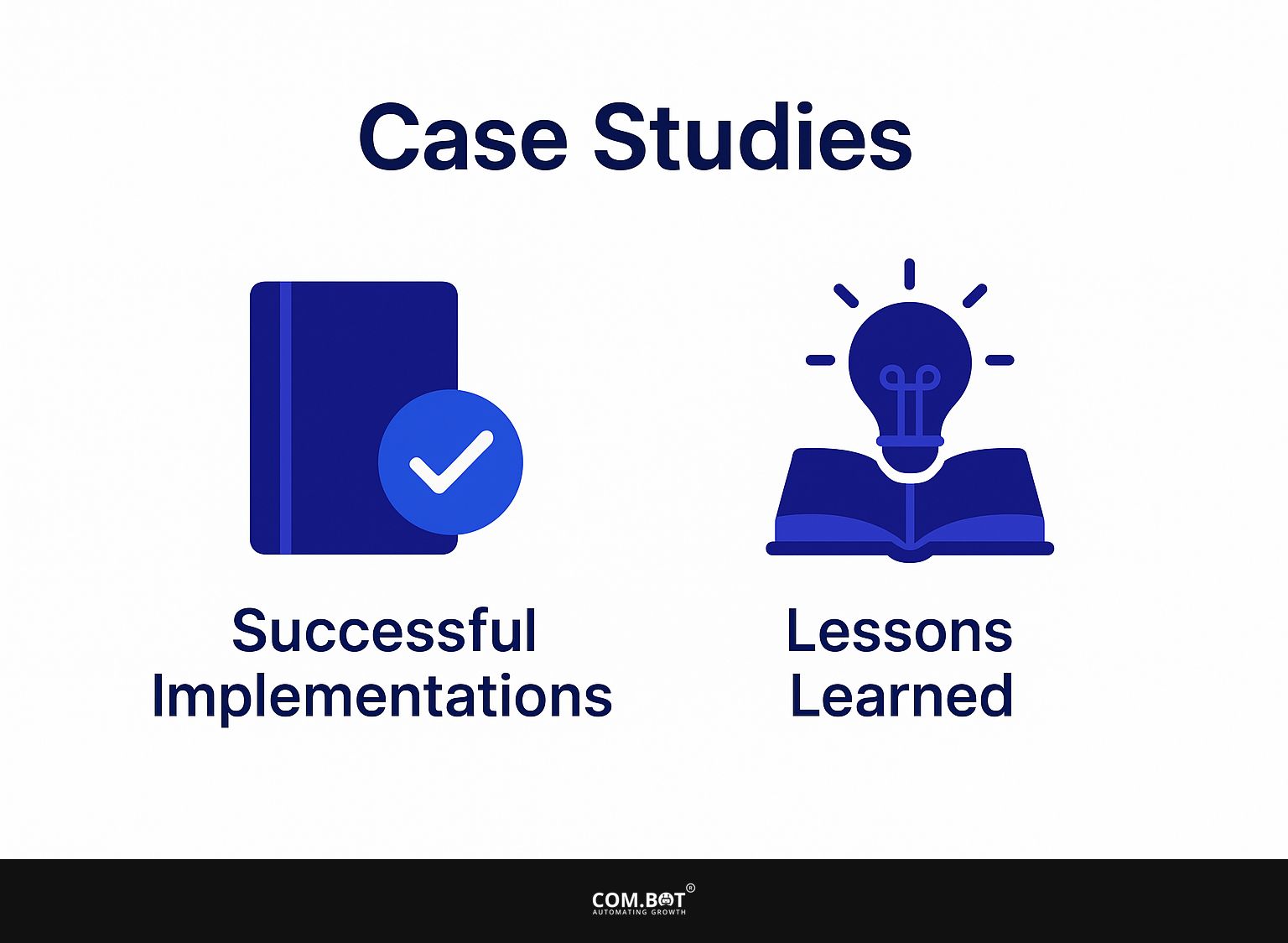
1. Successful Implementations
Companies like EY have shown how AI can help in developing detailed customer profiles that improve marketing outcomes. This information helps organizations improve their marketing plans.
For example, EY used tools like Salesforce Einstein to analyze customer data, identifying patterns that increased lead conversion by 25%. Companies using HubSpot’s AI tools experienced a 40% increase in interaction rates by tailoring content to individuals.
To put this into action, businesses should start by pinpointing essential customer data and try out these AI tools to improve their strategies. Checking analytics often helps keep persona development up-to-date with market changes.
2. Lessons Learned
Important lessons from creating personas include the need for regular updates and changes to match market trends. To remain effective, regularly gather feedback through surveys or social media analytics, adjusting your personas accordingly.
For instance, after a campaign, analyzing demographic data through tools like Google Analytics can reveal shifts in audience interests. Using A/B testing helps improve your messaging to match changing preferences.
Consider having reviews every three months to see if your customer profiles are still correct and to make sure your marketing plans align with how consumers are currently behaving. This active method leads to better individual interactions and increases conversion rates.
Ethical Considerations
As AI technologies change, businesses need to consider privacy and data use to keep customer trust. Those curious about practical applications might appreciate our solutions for detecting AI-powered personas that address these concerns.
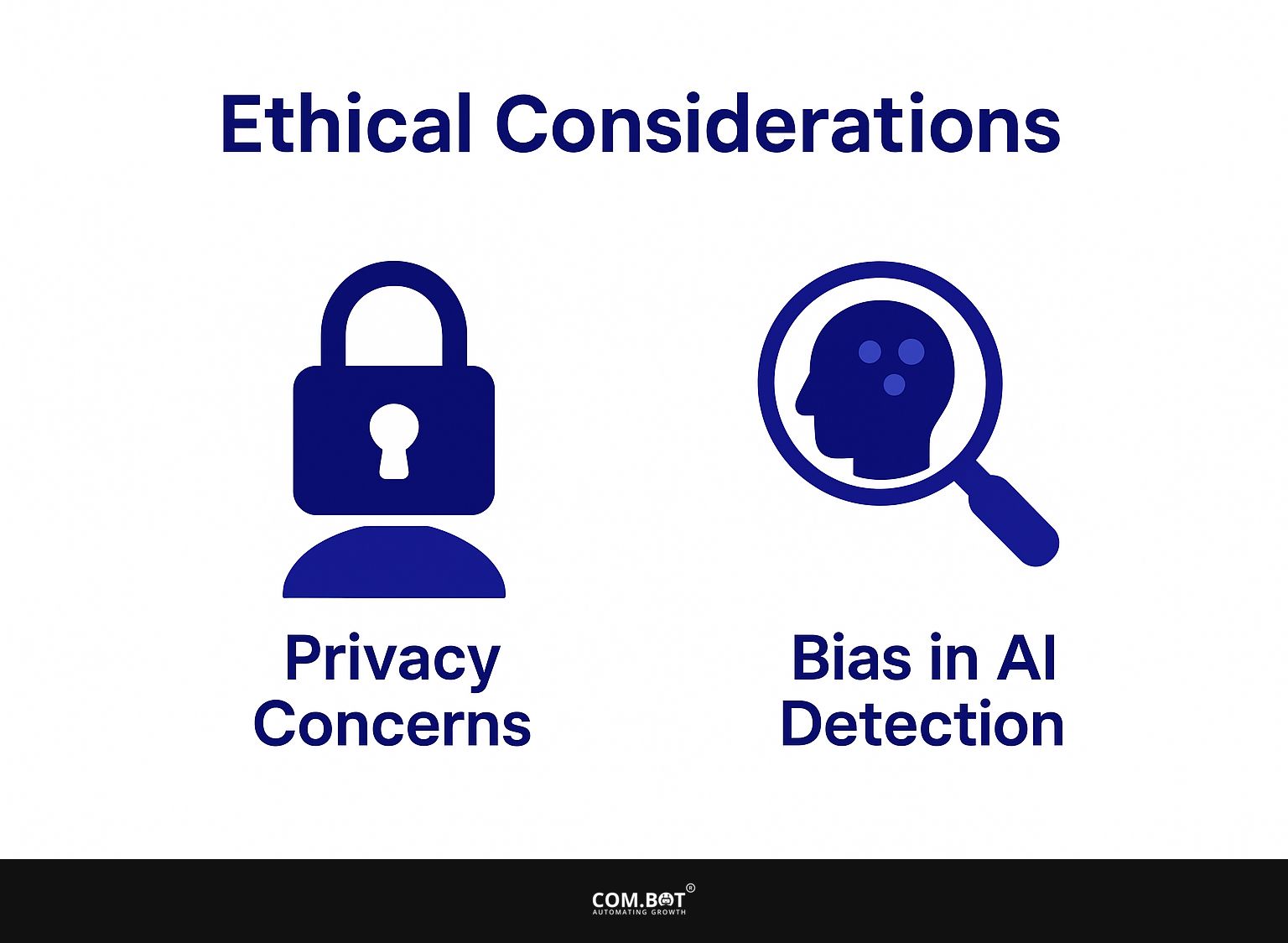
1. Privacy Concerns
Privacy concerns have the potential to hinder the adoption of AI-driven persona development if not adequately addressed. To follow privacy rules like GDPR effectively, businesses should establish clear data collection policies.
Start by obtaining explicit consent from users prior to any data gathering. Use tools like OneTrust or TrustArc to manage compliance and make sure all data handling is clear.
Keep your personal details private to minimize potential danger. Regular reviews of data processes can help follow rules and increase consumer confidence. By focusing on privacy, you follow rules and improve how people see your brand.
2. Bias in AI Detection
Bias in AI detection can lead to flawed persona representations, necessitating diverse data sources for accuracy. Companies can reduce bias by using varied datasets and thorough testing methods.
For instance, Google demonstrated effective bias correction by analyzing its AI systems against various demographic data sets. When testing their image recognition model, Google found that it misclassified images of people from underrepresented backgrounds. They responded by broadening their training datasets to include more diverse images and continuously assessing model outcomes.
Checking how AI works compared to different demographic standards is necessary. This ensures fair treatment for everyone and makes the model more reliable.
Future Trends
AI-powered personas will develop further with continuous improvements in technology and predictive analytics, offering more precise ways to interact with target audiences. For those looking to delve deeper, exploring methods to detect and analyze AI-powered personas provides valuable insights into their growing potential.
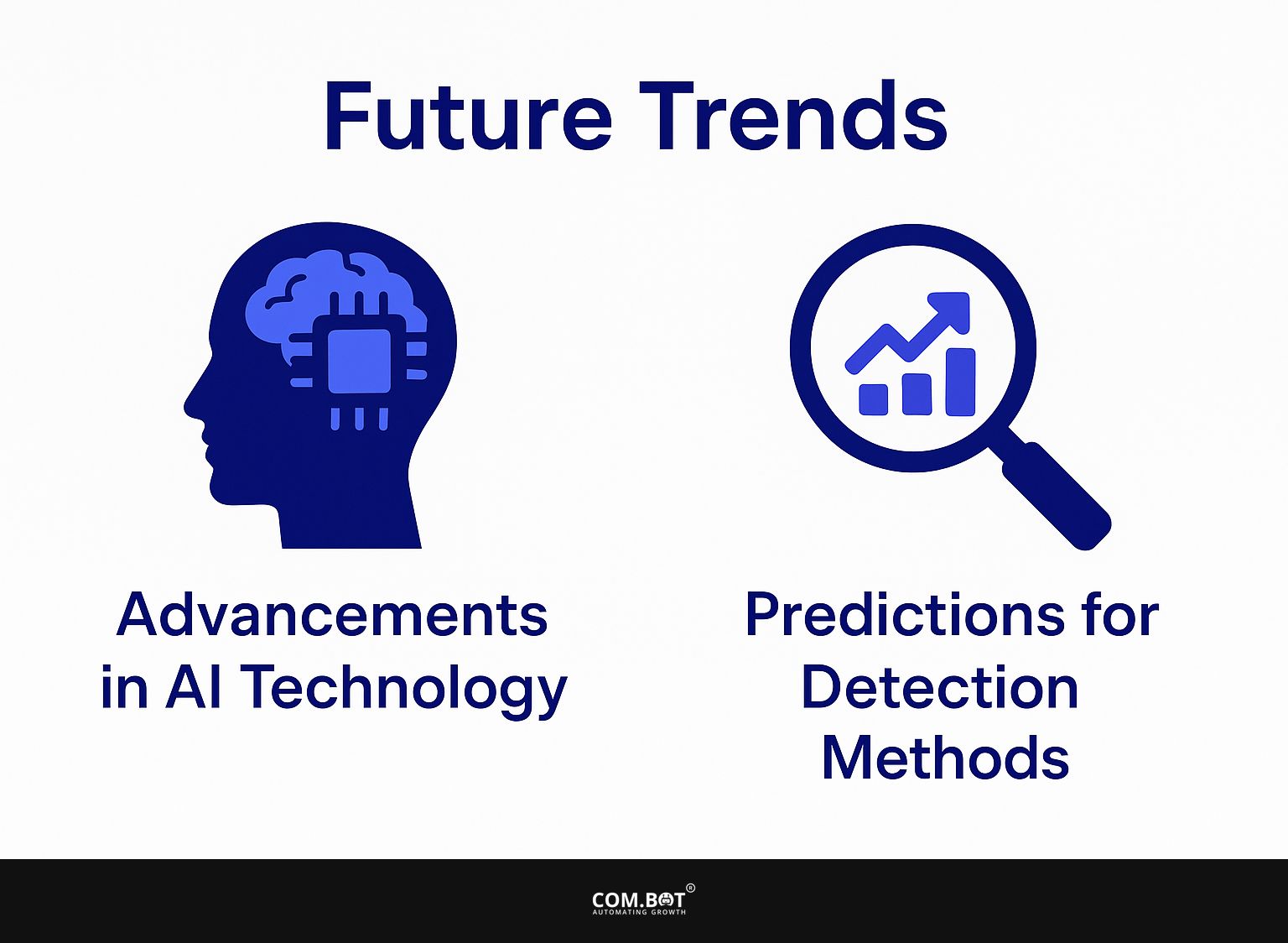
1. Advancements in AI Technology
Recent advancements in AI technology provide improved customization and more accurate audience information for marketers. Tools like HubSpot’s AI-based analytics give real-time information on customer behavior, allowing for more personalized marketing campaigns.
For instance, using predictive lead scoring can prioritize follow-ups based on the likelihood to convert. Simultaneously, platforms like Hootsuite now use AI tools to look at social media trends, helping marketers change their strategies quickly.
By using these technologies, marketers can design more targeted and customized experiences, which lead to higher interaction rates and better conversion results.
2. Predictions for Detection Methods
Experts think that upcoming detection methods will use real-time data and machine learning to make personas more accurate. This change will likely be affected by tools like Google Cloud AutoML, which allows companies to train models with their own data to make user experiences better suited to each person.
Platforms like Tableau will make it easier to analyze data as it comes in, allowing smooth connection with current data sources to change strategies quickly. Businesses can use predictive analytics tools such as RapidMiner, which uses algorithms to predict how users behave and interact.
These technologies will change how businesses analyze data, resulting in better audience grouping and customized communication.
Frequently Asked Questions
1. What are AI-powered personas and why are they important to detect?
AI-powered personas are digital representations of people that are created using artificial intelligence technologies. It is important to identify them to grasp how AI affects how people communicate and to use AI responsibly.
2. What solutions are available for detecting AI-powered personas?
There are various solutions available for detecting AI-powered personas, including machine learning algorithms, natural language processing, and social media monitoring tools.
3. Can AI-powered personas be used for malicious purposes?
Yes, AI-powered personas can be used for malicious purposes, such as spreading false information, manipulating public opinion, and impersonating real individuals. This is why it is important to have solutions in place to detect and mitigate these risks.
4. How accurate are the methods for recognizing personas created by AI?
The accuracy of the solutions for detecting AI-powered personas can vary depending on the specific technology used and the amount and quality of data available. Regularly check and make these solutions better to keep them working well.
5. Are there any ethical considerations when detecting AI-powered personas?
Yes, there are ethical considerations when detecting AI-powered personas, such as ensuring privacy and consent of individuals and avoiding bias and discrimination in the data and algorithms used.
6. Can businesses benefit from detecting AI-powered personas?
Yes, businesses can gain from identifying AI-driven personas by learning about customer behavior and preferences, improving marketing strategies, and finding possible market risks and opportunities.
